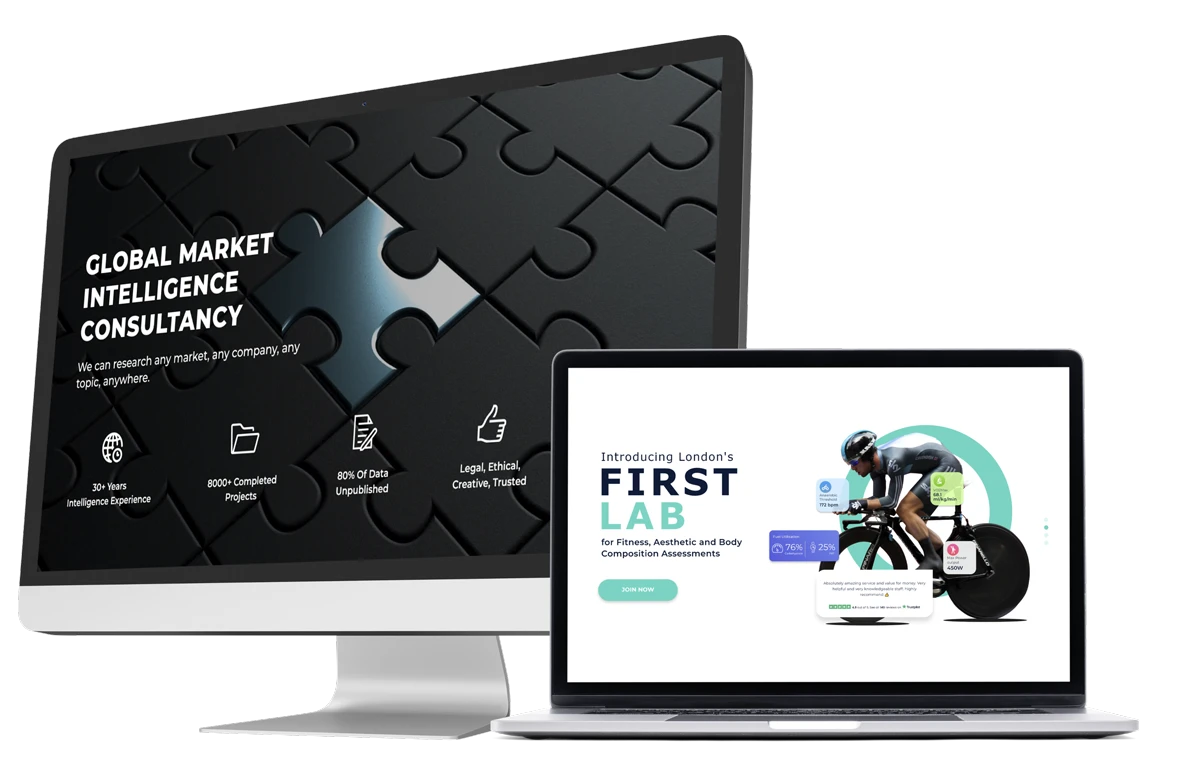Today, more than ever, a company’s website represents something much more important than their digital storefront; it has come to be the epicentre of customer conversation and involvement, trust building, and revenue generation. In fact, according to Webflow’s “2025 State of the Website” report, developed in partnership with Vanson Bourne, businesses are embracing new challenges and opportunities for their websites to make maximum impact.
Drawing on the insights of 500 marketing leaders from the US and Canada, this report underlines key trends and strategies to make websites future-proof as critical marketing assets.
Websites as Revenue Powerhouses
Surprisingly, the report shows that 91% of marketing leaders view the website as their organisation’s top revenue driver among all marketing channels. Of these, 62% consider that more than half of their overall revenues come from the website, further solidifying the need for an optimised and properly managed web presence.
Efficient teams are notably twice as likely to report that the majority of revenues are being contributed by the website. This demonstrates that streamlined operations and prioritised investments are key in web strategies.
Key Challenges: Collaboration and Technology
Even with an understanding of a website’s value, marketing teams face significant obstacles:
- Collaboration Barriers: 96% of respondents acknowledge the need for improved cross-functional collaboration, particularly between marketing and technical teams. The reliance on complex tools often requires technical support, restricting marketers’ autonomy.
- Tool Limitations: Although 90% of organisations expanded their tech stacks over the past year, only 17% believe their current setup meets essential requirements, leaving significant room for improvement in technology integration and utility.
These are exacerbated by legacy systems and siloed workflows that breed inefficiencies and hinder innovation.

Investing in Innovation
To combat these challenges, organisations are looking toward investing in technologies that will enhance user experiences and drive operational agility:
- AI Integration: With 79% of teams currently leveraging these tools, AI sits at the centre of improving customer insight, SEO, and offering personalised experiences. As such, 69% will continue investing-or increasing their investment-in AI in 2025.
- Personalisation Tools: These tools are those that help personalise web experiences to drive engagement and conversions. Yet while 64% of teams plan to continue investing in personalisation technologies, 29% plan reductions – an indication of possible dissatisfaction with the existing solutions.
The leading advantages of future-proofing a website, according to marketing leaders, are the abilities to adapt to customer needs (73%) and to scale to accommodate business growth (72%).
Prioritising User Experience
Delivering compelling user experiences remains a top priority:
- 58% of marketing leaders think that their tech stack needs a complete rebuild to achieve their user experience goals.
- Organisations are investing more in platforms that enable marketers to change, test, and optimise strategies independently. Experimentation and A/B testing are becoming essential tools that empower professionals to gain insight into users and make websites more effective.
These insights highlight the shift towards a more data-driven and customer-centric approach in website strategies.
The Role of AI and Experimentation
AI continues to change how businesses interface with customers. Respondents identified the following advantages of AI for websites:
- Enhanced customer understanding (51%).
- Increased efficiency (39%).
- Improved analytics (35%).
Experimentation tools also came high, as they allowed teams to rapidly test strategies in an iterative manner that ensured continuous learning.
Cross-Functional Collaboration is The Way Forward
Breaking down silos between marketing, engineering, and other departments is essential to unlocking the full potential of websites. The tools that will enable seamless collaboration, enabling diverse ranges from technical to non-technical teams, will help break the barriers.
The report suggests that a shift from assembly-line workflows to integrated systems can result in significant enhancement of productivity and quality.
Final Thoughts…
Webflow’s “2025 State of the Website” report highlights that it is time for organisations to change their approach toward website strategy. By overcoming the challenges in collaboration, investing in innovative tools, and focusing on user-centric design, businesses can unlock the full potential of their websites.
As marketing leaders head into 2025, the most successful organisations will marry cutting-edge technology with agile data-driven strategies that keep their website at the heart of customer engagement and business growth.









